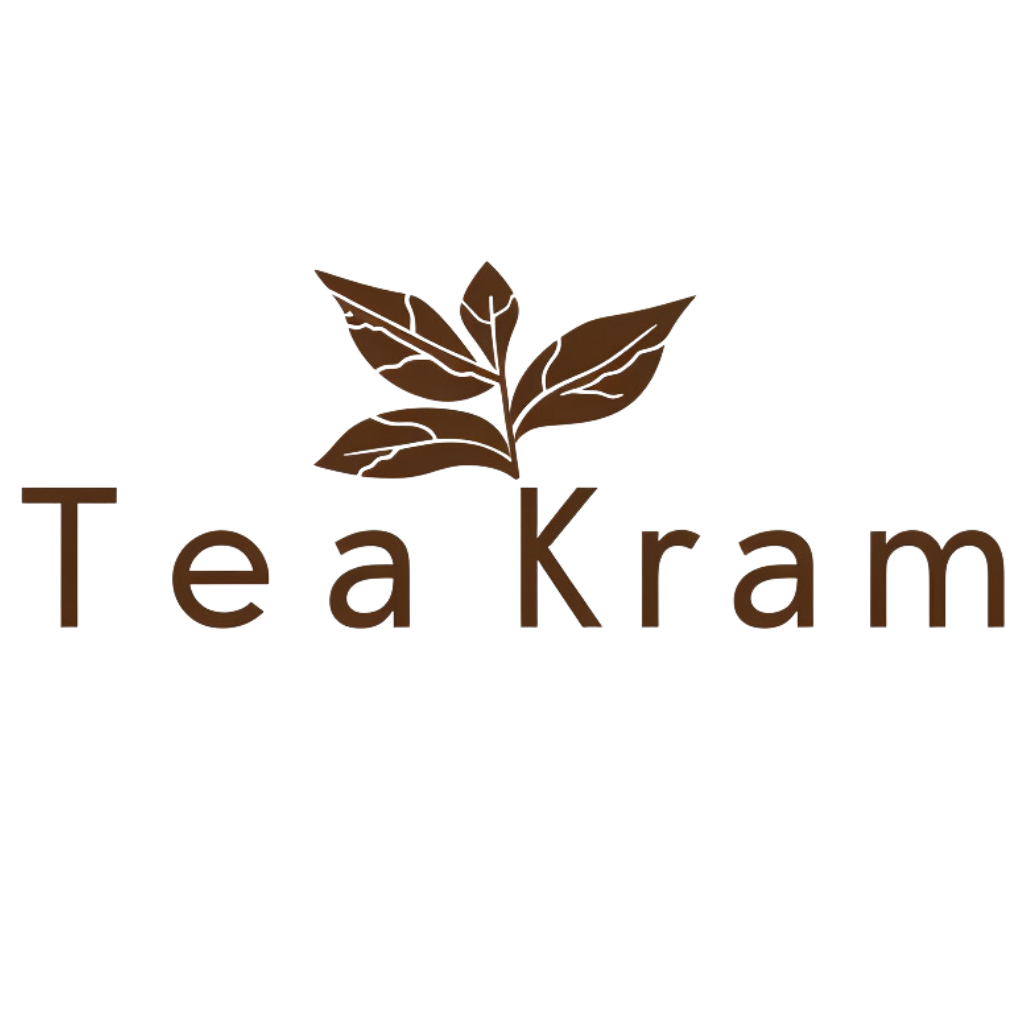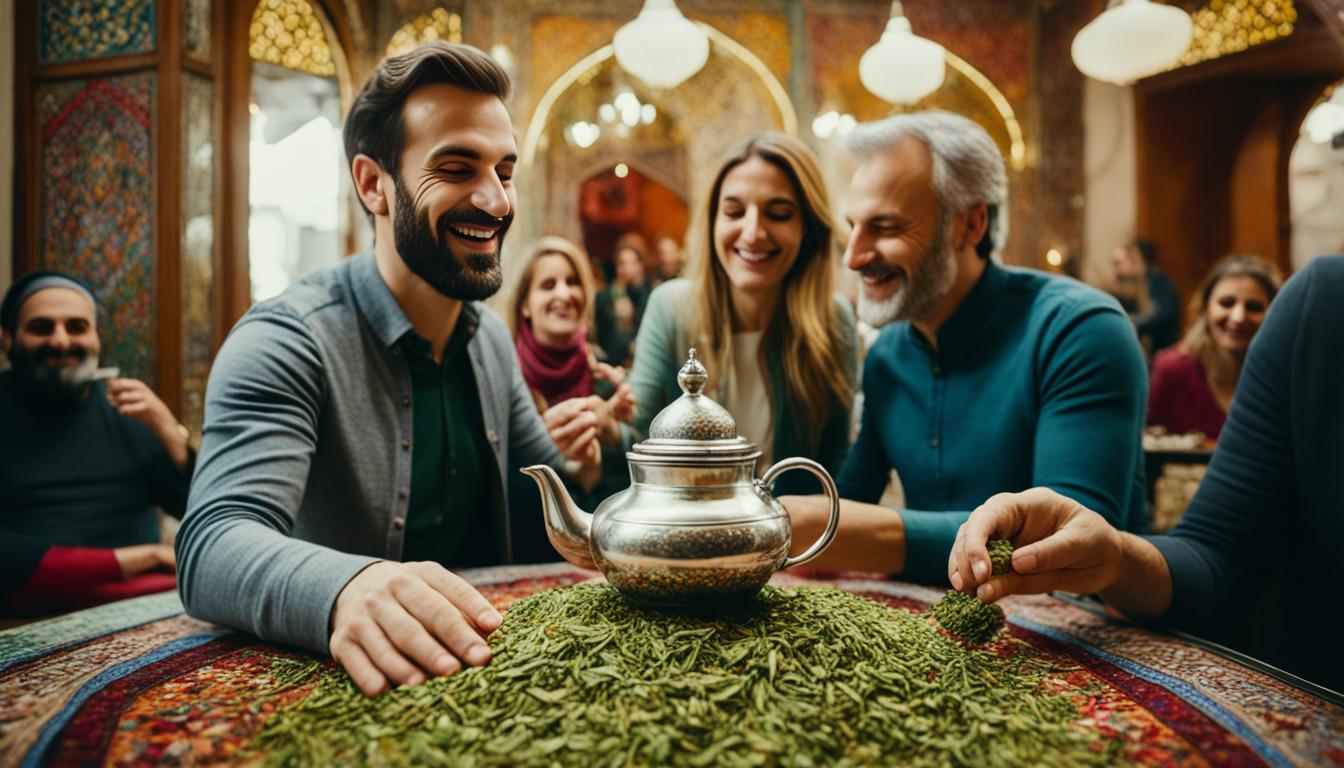Every year, Iranians drink an impressive 100,000 tons of tea. This ranks Iran as one of the top tea-loving countries globally. But it’s not just about the numbers. Tea is a key part of Iran’s culture and traditions. In Iran, tea means more than just a drink. Iranian Tea, it’s about history, customs, and coming together. Known as ‘Chai’, this tradition has been around for centuries. It spreads warmth and hospitality across the country. For Iranians, tea is more than a morning or evening drink. It’s an everyday ritual, an art, and a piece of living history.
Key Takeaways
- Iran ranks as one of the top tea-drinking nations, with annual consumption reflecting the deep integration of tea in social customs.
- The role of tea in Iranian social life is a pillar of national identity, representing warmth, respect, and a welcoming spirit.
- Iranian tea culture is built around rituals that promote social interaction and harmony, establishing tea as a central character in the narrative of Iranian hospitality.
- Tea drinking in Iran is a universal social ritual that facilitates communication and friendship in both private and public settings.
- The tradition of tea underscores a shared societal value system that emphasizes camaraderie and mutual respect.
The Historical Roots of Iranian Tea Culture
The story of Iranian tea culture is deeply rooted in history. It involves the Persian tea ceremonies and the making of Iranian Black Tea. Tea is more than a drink in Iran; it reflects the nation’s rich history and its importance in bringing people together. The journey of tea in Iran started in the 15th century. This was when tea first arrived and changed the country’s farms and social habits.
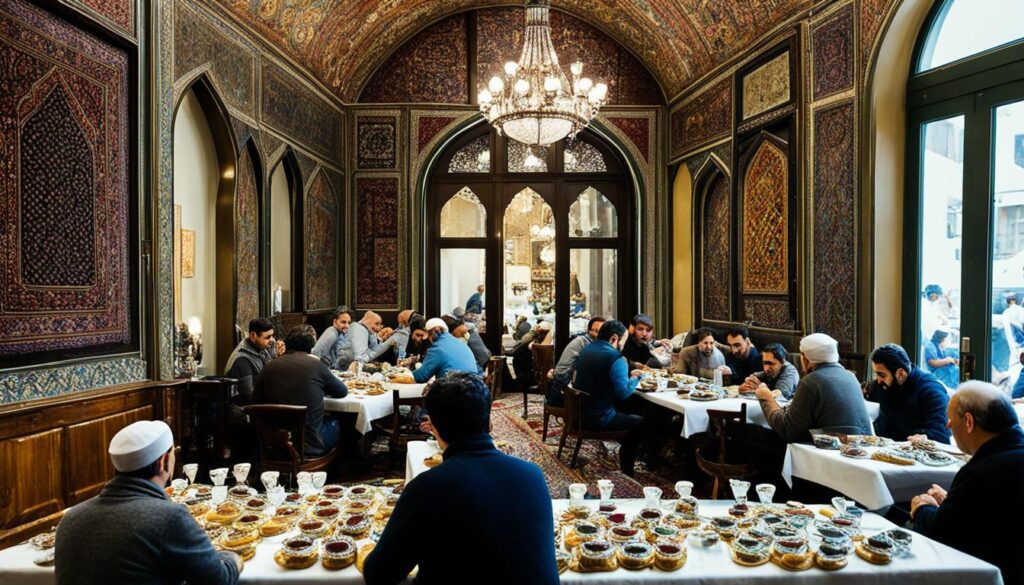
Iran’s north is lush and wet, perfect for growing tea. The area’s climate and land shape the unique taste of Iranian Black Tea. This region has always been ideal for tea farms. It has helped create a strong bond between the people and tea culture. The origins of Iranian Black Tea show the country’s commitment to preserving its unique tea taste and history.
Tea in Iran is more than just a drink. The Persian tea ceremonies show the depth of Iran’s culture and traditions. Every step of these ceremonies, from making to serving tea, is filled with meaning. They strengthen community ties and showcase Iran’s identity.
Iranian tea culture is fascinating not just because of its history. It plays a key role in current social life. When Iranians share tea, they connect with each other and their cultural heritage. This tradition shows the ongoing importance of tea in Iranian life.
The Role of Tea in Iranian Social Life
In Iranian hospitality, offering tea is a way to welcome others warmly. It’s part of the culture in every social setting. Whether with family, friends, or coworkers, tea customs in Iranian society build connections and understanding.
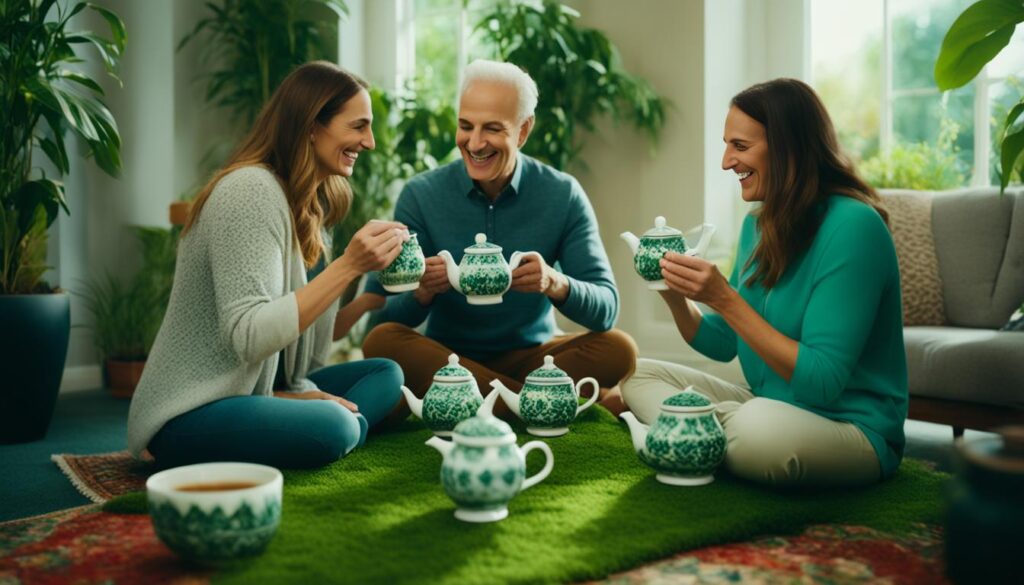
Tea as a Symbol of Iranian Hospitality
The Iranian tea culture shows its warmth by greeting guests with a hot cup of tea. This act goes beyond serving a drink. It’s a meaningful gesture of respect tied to Iranian values.
Tea’s Presence in Daily Interactions and Rituals
Daily life in Iran is filled with moments of tea, from morning till night. It’s there in the calm of homes and the bustle of offices. Tea as a social ritual in Iran creates space for chat and togetherness. This is how society bonds, sharing life over tea.
Understanding Ta’rof Through Tea Practices
The polite exchange known as Ta’rof is seen in tea rituals. This polite back and forth in Persian tea ceremonies ends when the tea is finally accepted. It shows the rich layers of social interactions in Iran.
| Tea’s Role | Setting | Significance in Iranian Culture |
|---|---|---|
| Welcoming Guests | Home, Office, Ceremonial | Initiation of Hospitality Rituals |
| Enhancing Conversations | Personal Gatherings, Business Meetings | Facilitates Communication and Bonding |
| Executing Ta’rof | Social Events, Cultural Practices | Reinforcing Social Harmony and Respect |
- Tea traditions in Iran are deeply rooted and perfected over time.
- Remembering Iranian hospitality often brings to mind the unique Persian tea flavors.
- The Tea as a social ritual in Iran mirrors its critical role in social life.
Exploring the Iranian Tea Ceremony
The Persian tea ceremonies are not just about making tea. They show the beauty of Iranian tea culture and customs. Each step, from the water temperature to the brewing time, is thought out. This makes sure the tea is perfect. It’s a way to enjoy good flavors and spend time with others, showing how important tea is in Iran.
The Iranian tea ceremony has a long history. It shows respect and social values. Making tea carefully, serving it gracefully, and enjoying it in a beautiful setting are key parts. It’s like a dance of smells and traditions, done with care.
| Element of Ceremony | Importance | Details |
|---|---|---|
| Selection of Tea | Foundation of Flavor | Choice of premium Iranian Black Tea |
| Brewing Method | Flavor Development | Slow infusion using a samovar |
| Serving Custom | Social Etiquette | Elegantly poured into delicate glass tea cups |
| Accompaniments | Enhancement of Experience | Sugar cubes, mint leaves, or a slice of lemon |
| Aesthetic Setting | Atmospheric Ambiance | Traditionally adorned space with Persian artifacts |
Persian tea ceremonies, an embodiment of time-honored tradition, are a testament to the cultural richness and elevated status tea holds in the heart of Iran’s society.
Tea in Iran is more than a drink. It brings people together and sparks conversations. Drinking tea connects us to Iran’s past and present. Exploring these ceremonies lets us experience a tradition full of history and respect.
The Art of Brewing and Serving Iranian Tea
The art of brewing Iranian tea goes back centuries, showing Iran’s deep history and tea culture. It focuses on the detailed preparation of Persian tea. This slow crafting gives joy to those who appreciate the perfect cup.
Traditional Techniques of Iranian Tea Brewing
Traditional Iranian tea brewing uses a special method. A samovar is used to slowly heat tea leaves. This process brings out a rich flavor. It showcases Persian elegance in each serving.
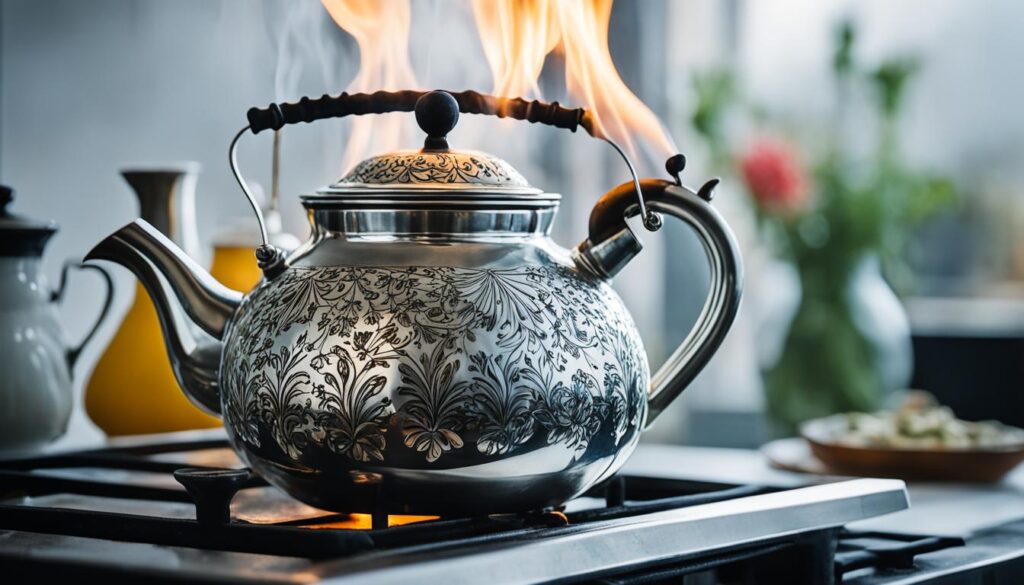
Accompaniments and Enhancements in Tea Presentation
Serving tea is enhanced by traditional tea accompaniments in Iran. Sugar cubes and lemon slices are key. They let people adjust the tea to their taste. Each choice adds more depth to the tea’s natural taste.
| Accompaniment | Description | Role in Enhancement |
|---|---|---|
| Sugar Cubes | Sweet, dissolvable cubes | To balance the strong malty flavors |
| Lemon Slices | Thin cuts of fresh lemon | To introduce a citrusy zing to the brew |
| Nabat (Saffron Sugar Crystals) | Crystalline sugars infused with saffron | To add a uniquely Persian fragrance and sweetness |
The Persian tea enhancements show the care Iranians put into their tea culture. Each drink tells a story of tradition. Serving tea is more than offering a warm drink. It’s about keeping an ancient tradition alive in Iran.
Tea’s Influence on Iranian Literature and Art
Tea in Iran is more than just a drink. It’s a key part of culture, deeply touching literature and art. Its role is huge, showing up in poetry, paintings, and stories. Tea isn’t just mentioned; it helps tell stories and express feelings, from everyday life to deep questions.
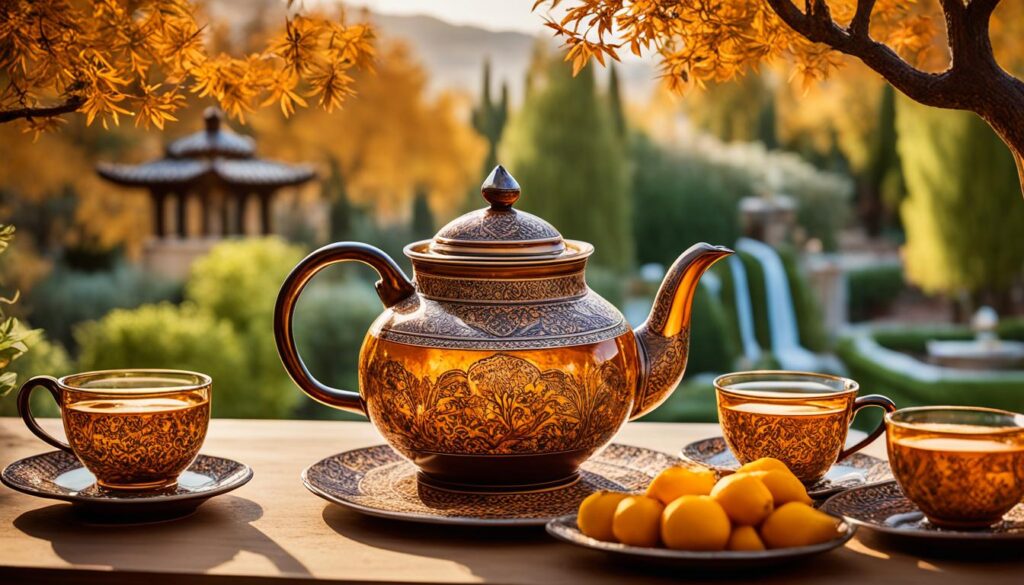
Writers and poets weave tea drinking into their works, highlighting quiet moments, friendship, and big realizations. Tea ceremonies bring a peaceful backdrop for poetry. Tea symbolizes warmth and friendship, essential in stories across many years.
The importance of tea is also clear in visual arts. Art captures tea ceremonies’ calm feelings. Crafted tea sets show off artistic skill, blending usefulness with beauty. In today’s media, tea still stands for Iranian identity and brings people together, connecting past and future.
Tea is prized for sparking deep talks and social critiques in both old and new times. At literary events, deep discussions happen over tea. This is often shown in art about these gatherings.
Tea is a vital part of Iranian culture, inspiring writers and artists alike.
Tea keeps influencing Iranian art, old and new, symbolizing the country’s strength and flexibility amid changes. Its depiction highlights Iran’s cultural richness and lasting values.
Health Benefits of Iranian Black Tea
Iranian Black Tea is not just a drink; it’s a blend of culture and well-being. It is known for its health benefits and social importance. People enjoy it for its antioxidants and heart health support.
This tea is full of flavonoids, which fight inflammation and antioxidants. These help fight disease and improve overall health. The polyphenols in the tea protect cells and keep you healthy.
Drinking this tea can be good for your heart. It helps lower bad cholesterol and increase good cholesterol. This can reduce the risk of heart disease.
Studies show that Iranian Black Tea can also make you more alert. It has some caffeine, which helps the brain stay active without the jitters from coffee.
Iranian Black Tea can also help you relax. Making and drinking tea can calm your mind. It’s a natural way to reduce stress.
| Health Benefit | Description | Active Compounds |
|---|---|---|
| Antioxidant Power | Combats oxidative stress and may reduce chronic disease risk | Flavonoids, Catechins, Theaflavins, Thearubigins |
| Heart Health | Lowers LDL cholesterol and improves cholesterol ratio | Polyphenolic compounds |
| Mental Alertness | Enhances cognitive function and brain activity | Modest caffeine content |
| Stress Relief | Calms the mind and reduces stress levels | Amino acid L-theanine |
This Persian drink is more than tasty; it’s healthy. It shows the wisdom in Iranian tea culture. Iranian Black Tea is loved for its healing power, making it popular worldwide.
Tea and Ta’rof: The Dance of Iranian Etiquette
In Iran, tea and Ta’rof are closely linked, creating a smooth etiquette dance. This dance is central to all social situations. To fully understand this, one must see how tea sparks this respectful exchange, a back-and-forth of offers and declines ruled by politeness.
Offering tea starts the Ta’rof ritual, inviting the guest into a polite dance. Guests often refuse the tea a few times before accepting. In this dance, the tea and the server play key roles, with the server offering until the guest agrees.
Traditionally, the host will say, “Please, have some tea,” and although it is desired, the guest will refuse initially, with the host insisting, “For the sake of my eyes, please, have some tea,” until the guest relents in respect of the host’s persistence.
This exchange goes beyond politeness. It builds connections through a series of offers and refusals. This isn’t just about humility. It’s also about a shared understanding and respect for the tradition more than just tea.
Tea is more than a beverage; it’s a key to social bonds and the complex gesture language in Iran. This dance of etiquette has been preserved over generations. It remains a vital part of Iranian society and manners today.
Conclusion
Exploring Iranian tea culture is a deep dive into a nation’s traditions. It’s not just about a drink; it’s about connecting socially and preserving history. Every cup of tea is part of Iran’s social fabric, from private homes to grand ceremonies. It’s a way of life that shows respect and hospitality.
Tea plays a key role in Iran. It appears in stories, promotes health, and helps maintain Ta’rof, a system of politeness. Through tea, we see how important respect and politeness are in Iran. Sharing tea, whether in a detailed ceremony or a simple gathering, is essential to Iranian warmth and social life.
Iranian tea culture tells a story of its own. It’s about community, skill, and history. This article shows how tea does more than quench thirst. It links past and present, showing Iran’s rich culture and social ties.
